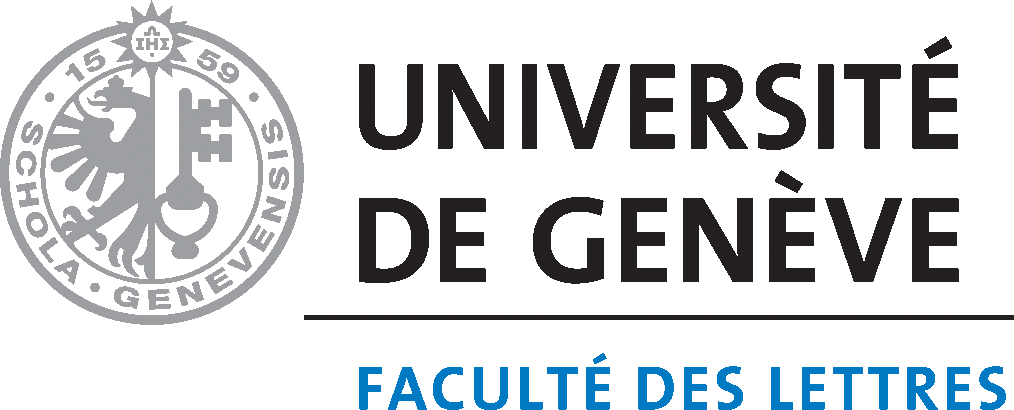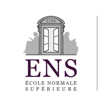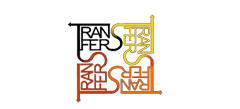Preparing an Accepted Manuscript for Publication
This document provides details on typesetting and layout requirements pertaining to final manuscript submission to the ARTL@S Bulletin. We encourage authors to look at previous issues of the journal to better understand the general formatting rules presented below.
General Submission Guidelines
- Submit your manuscript as a Word file. Do not embed any illustrations in the Word file, please save and supply these items separately from the text, as "Supplemental Content.".
- Page size should be 8.5 x 11-inches.
- Do not include page numbers, headers, or footers. These will be added by the editors.
- Set the font color to black for the entire text.
Title Page
- Name and affiliation
- Title of the essay
- Two abstracts: one in English and the other in either the language of the article or in any relevant language. Each abstract will be no more than 650 characters (including spaces).
- A brief biographical statement (350 characters including spaces)
Font:
- Main Text—10 pt. Cambria
- Title level 1—14 pt. Cambria bold
- Title level 2—10 pt. Cambria bold
- Display quote—9 pt. Cambria
- Footnotes—6 pt. Cambria
- Captions—6 pt. Cambria
Main Text
Text should be single space, with added space after paragraph and no indentation. Use a single column layout with both left and right margins justified.
Footnotes
Notes should be numbered consecutively and submitted as footnotes. Footnote numbers in the text should use superscript figures placed before the punctuation when writing in French, but after punctuation when writing in English, e.g.: “the end.”1
Quotations
Quotations must be absolutely accurate and carefully transcribed. An ellipsis (three spaced dots) indicates words dropped within a sentence. A period and three spaced dots indicates a deletion between sentences. Long quotations (i.e. 50 words or more) should be displayed in a single block, slightly shifted to the left and single-spaced, without quotation marks. This is known as a display quote. If you are responsible for some of the translations, add at the head of the notes: “Unless otherwise indicated, translations are mine.”
References:
For texts written in English, references should conform to the Chicago Manuel of Style. This means that all references to publications and the like should appear in full form (including place of publication and publisher) only once. Subsequent appearances should use a short form: surname of author, short title, and page reference. Do not use op. cit. Consult The Chicago Manual of Style, for details.
Captions
Captions should be numbered consecutively. Clearly indicate where you would like the figure to appear in the text in square brackets, for example: [insert Figure 1 here]. And in the text, indicate in parenthesis the figure (Fig. 1) or map (Map 1) exactly where it is mentioned. Below the insert instruction, provide a brief and informative description of the work:
- For artworks: artist, title, date, size, location. Source/credit lines.
- For maps: sources of the data and sources of the base map, as well as credit lines, if applicable.
- For graphs and diagram: provide a clear and detailed legend, along with Source/credit lines, if applicable.
Since authors are responsible for obtaining reproduction permissions, captions should include all elements specified in the letter(s) of permission from the rights holder, institution, and/or photographer. Captions must distinguish clearly between a copyright in an artwork and a copyright in a photograph of an artwork (where the artwork may or may not be in the public domain). A copyright notice and/or the © symbol should only be included when requested by a lender, and must indicate clearly whether the copyright being asserted is in the underlying artwork or in the photograph of it. Consult the Copyright Term Charts for further information. When in doubt, the author should include the language requested by the lender of a photograph and the language requested by the rights holder granting permission. (Frequently, these are separate documents from separate sources.).
Illustrations
- Limits illustrations to 6 per article
- Use high-resolution images that are at least 300 dpi. If the illustrations are line art or contain any text, they should be 1200 dpi.
- Do not embed any illustrations in the Word files, please save and supply these items separately from the text as "Supplemental Content," and indicate with a cue in the text where the image should be placed, as explained above.
- You must provide us with copies of all the relevant permissions copyright documentation as "Supplemental Content." Permission documents must be saved separately from the text and clearly labelled as follows: Lastname_Permission_Fig 1.






